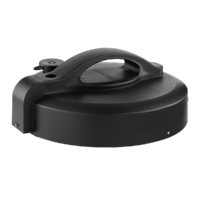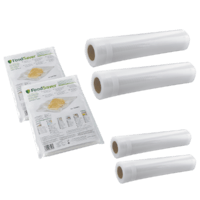
The Power of Zapping: Automate Your zap web Apps with Zapier
08.11.2024 / 08:51
Citeaza
In today's fast-paced digital world, automation tools like Zapier are essential for optimizing workflows and improving productivity. Zapier allows you to connect different web apps and automate repetitive tasks, saving time and reducing human error. Whether you're managing your emails, organizing data, or automating social media tasks, Zapier makes it simple to create powerful workflows, called zap web , between your favorite apps. Here's a step-by-step guide on how to harness the power of Zapier to automate your web apps.
Step 1: Create a Zapier AccountThe first step in automating your web apps is to create a Zapier account . Go to Zapier's website and sign up using your email, Google, or Microsoft account. Once registered, you'll be taken to the Zapier dashboard , where you can start creating automations (Zaps) between various web apps.
Step 2: Understand the Structure of ZapsA Zap is an automation consisting of two main components:
- Trigger : An event in one app that starts the automation. For example, receiving a new email in Gmail.
- Action : A task performed automatically in another app once the trigger occurs. For instance, adding the email details to a Google Sheet.
Each Zap can have one trigger and one or more actions, and can be customized to suit your specific needs.
Step 3: Choose the Apps to AutomateTo start, you need to select the apps you want to automate. Zapier integrates with over 5,000 web apps, including popular tools like Google Sheets , Slack , Gmail , Trello , Mailchimp , and many others. Some examples of useful automations include:
- Email Notifications : Automatically send a Slack message when you receive an email with a specific subject in Gmail.
- Social Media Management : Post updates on Twitter or Facebook from a Google Sheet https://zapweb.org .
- Data Organization : Save form submissions from Typeform or Google Forms into Google Sheets for easy data management.
Think about the tasks you do repeatedly and how automating them could save you time. Once you've identified your workflow, it's time to create your first Zap.
Step 4: Set Up the TriggerStep 5: Set Up the Action
- Create a New Zap : After logging into Zapier, click the "Create Zap" button to start building your workflow.
- Choose Your Trigger App : Select the app you want to use as the trigger. For example, if you want to automate tasks based on new Gmail messages, select Gmail as your trigger app.
- Choose the Trigger Event : After selecting the app, choose a trigger event, such as "New Email" or "New Label". This event will initiate the automation whenever it occurs.
- Connect Your Account : Zapier will prompt you to sign in to your app (eg, Gmail) and authorize Zapier to access it. Follow the prompts to connect the app to your Zapier account.
Step 6: Turn On Your Zap
- Choose the Action App : After defining the trigger, select the app where the action will occur. For example, choose Google Sheets to add data to a spreadsheet.
- Choose the Action Event : Select the specific action you want to automate, such as "Create Spreadsheet Row" to add new data from the Gmail email to a Google Sheet.
- Map the Data : Zapier will prompt you to map the data from the trigger app (eg, Gmail) to the corresponding fields in the action app (eg, Google Sheets). For example, you can map the email's subject line to the first column in your Google Sheet.
- Test the Action : Before finalizing the automation, you can test it to make sure everything works as expected. Zapier will run a test by pulling sample data from your trigger and sending it to your action app.
Once your Zap is set up and tested, you can turn it on. Simply click the "Turn on Zap" button, and your automation will start working. From this point on, the Zap will run automatically in the background, performing the tasks you've set up based on the trigger event.
Step 7: Monitor and Optimize Your ZapsAfter activating your Zaps, it's important to monitor their performance. Zapier provides an Activity Log , which allows you to see how your Zaps are running. If there's an issue, you'll be notified and can troubleshoot accordingly.
You can also optimize and refine your workflows. For example:
Conclusion
- Add Filters : Set conditions to ensure the action only occurs when specific criteria are met (eg, only create a spreadsheet row if the email subject contains a certain keyword).
- Multi-Step Zaps : Combine multiple actions into a single Zap. For example, you could automatically add a new email to Google Sheets, then send a follow-up email through Gmail, and post a message on Slack.
Zapier is an incredibly powerful tool for automating web apps and streamlining your workflow. By following these simple steps, you can save time, reduce errors, and focus on higher-priority tasks. Whether you're automating data entry, social media management, or email organization, Zapier helps you connect apps and eliminate repetitive tasks.
Visit our Most Popular website :
































